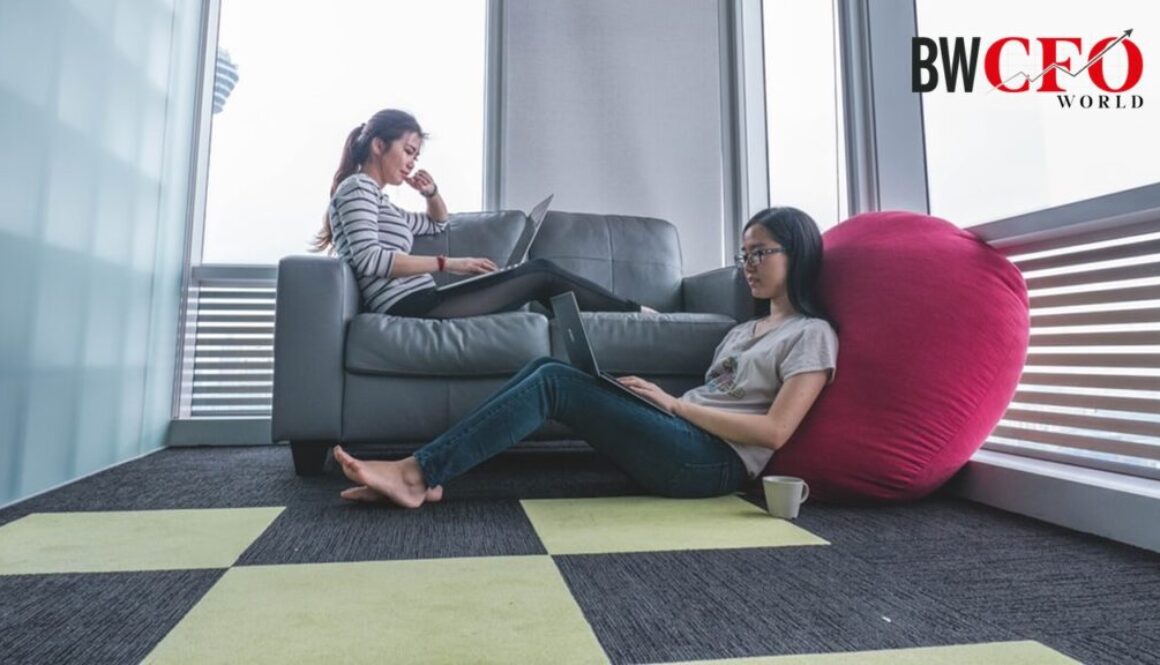Office Leasing Rises In South; More On The Office Of The Future
A recent Anarock report states Southern cities have increased their total office leasing from 66 per cent in FY21 against a figure of 47 per cent in FY18 with IT Cos and Start-ups as major contributors. As we welcome hybrid working models and Work-From-Anywhere into the new normal, will the office of the future be the same building for all?
The concept of office space has been one of great change in the last eighteen months. The closure of offices, the rise of work-from-anywhere, the birth of hybrid workspaces and the steady presence of co-working spaces, signal the various developments in how we perceive ‘where an employee can work from.’ A recent report by property consulting firm Anarock, revealed that the main southern office market, chiefly the cities of Bengaluru, Hyderabad and Chennai have overtaken other regions in terms of new supply, net absorption, and even rental growth. Among the top 7 cities, Bengaluru, Hyderabad and Chennai saw their share of total office leasing increase to 66 per cent in FY21 against a figure of 47 per cent in FY18.
Between the years FY18 and FY21, office rentals in each of the southern cities have also shown double-digit growth. In this period, office rentals in NCR remained more or less stagnant while MMR and Pune saw a mere 2% and 8% rental growth respectively. The gains seem larger when compared to the office supply share of the western cities’ markets which shrank to just 19% in FY21 from its seat of 40 per cent in FY18.
| City | FY20-21 | FY19-20 | FY 18-19 | FY 17-18 |
| Net Absorption in top 7 cities (mn. sq. ft.) | 21.32 | 43 | 35.8 | 31.15 |
| South Cities Share | 66% | 55% | 57% | 47% |
| West Cities Share | 21% | 22% | 25% | 33% |
| North (NCR) Share | 11% | 20% | 15% | 17% |
The IT Impact And ‘The New Office’
Anuj Puri, Chairman of Anarock Group noted in the report that the demand could be attributable to growth by the IT/ITeS sector, affordable rentals, and the exponential growth of start-ups locally over the past few years along with manufacturing and industrial sectors.
While big corporations, notably major IT players like TCS, Wipro, HCL Tech, have recently expressed interest in bringing employees back to office, most offices still operate from home. Prompting the question if the increase in office leasing in the south is sustainable.
Vikas Wadhawan- Group Chief Financial Officer- Housing.com, PropTiger.com, Makaan.com explains, “While work from home culture is here to stay, only select businesses could be carried out entirely from remote locations. This is why we expect the demand for commercial spaces to remain robust even as the demand for bigger residences gains momentum in the backdrop of the pandemic. However, we expect the design of commercial spaces will evolve in the post pandemic era.”
Adding more colour to the newer designs of commercial spaces, Prashant Thakur, Director & Head – Research, ANAROCK Group explains how the new offices will borrow from the Hub and Spoke Model where offices will be broken into smaller satellite units that are connected to the headquarters. Theis model encourages both, a reduced footfall to maintain safety precautions and a collaborative atmosphere much like the traditional workspace.
Thakur also adds how new offices will be de-densified, affording more space per cubicle from 60 to 30 square feet to 100-125 square feet with an addition of more collaborative areas like cafeteria, break room, etc.
Thakur explains that the continuous increase in the inflow of freshers who will eventually require in-person training, and the cheaper rental costs in India for outsourcing, add more financial sense to increase office leasing in South India.
Flexi-office: A Tool For Talent Retention
Imagine coming to work at an informal set-up, lounging on a sofa chair with a cup of your coffee and sharing the space with a group of others who work on their own projects in isolation? This is the modern co-working space. Co-working spaces afford freelancers and employees looking for a place to work that is away from home. Co-working spaces are also particularly popular among the younger generations owing to the level of flexibility, freedom and sense of community they offer.
Their popularity is expected to also dig into the commercial office spaces. Wadhawan predicts, “Co-working offices not only offers flexibility but also offers an opportunity to lease bespoke spaces with complete management at an affordable rate. They will claim a significant pie in the overall commercial leasing market in the next few years.”
Co-working spaces that are now going beyond metros to tier 2 and tier 3 cities evidence this trend.
Thakur believes, that flexibility is the important word here which will change how prospective employees view a company. With many now working from hometowns and outside metros, companies need to accommodate varying work timings and preferences. He adds, “Work-From-Home is more than an office requirement. The workforce has now evolved and they look at it as a HR benefit and additional flexibility. They would like to have the flexibility of choosing the work locations.” He further adds that younger generation of employees are more likely to prefer flexible options. “We also need to understand the millennials and the next generation employees. They are not looking at WFH as a tool of cost rationalisation but as a criterion to evaluate the job. It will also become a very important tool for Talent attraction from an HR point of view”
While these trends are in their adolescence, the one thing that remains clear is that the office of 2021 and beyond will be of a format much different from its processors, with some working hybrid, remote and others from their favourite co-working space.

